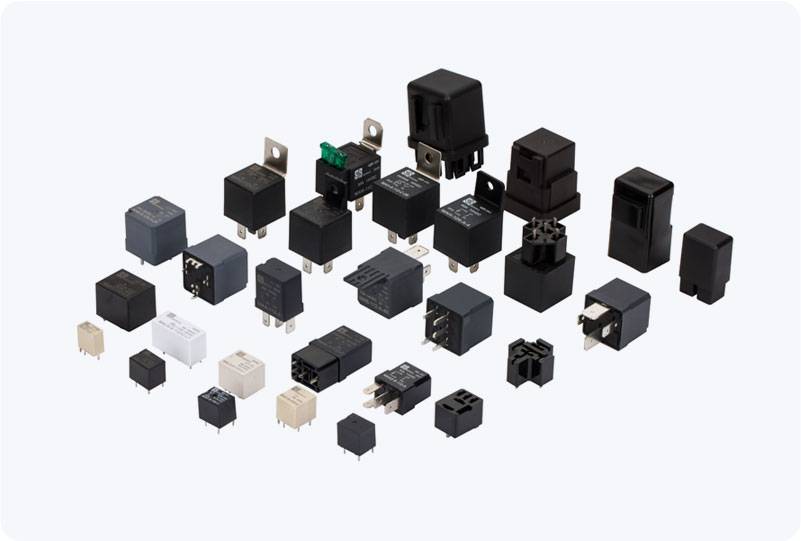understanding the importance of ev battery relay in electric vehicle systems
Release time:2025-06-08 01:43:23
Electric vehicles (EVs) have become a significant part of the automotive industry, offering a more sustainable and environmentally friendly alternative to traditional gasoline-powered vehicles. At the heart of these vehicles lies the battery, which serves as the primary energy source. To ensure the efficient functioning of an EV battery, numerous components work together seamlessly, and one of the most critical components is the EV battery relay. This article delves into the essential role of the EV battery relay, its functions, and why it is vital to the safety and performance of electric vehicles.

What is an EV Battery Relay?
An EV battery relay is an electrical switch that controls the flow of electricity between the EV battery and other electrical components in the vehicle, such as the motor, the charging system, and the power control units. The relay is typically a solid-state or electromechanical device that opens and closes circuits based on certain conditions, ensuring that power is only supplied when necessary. It acts as a gatekeeper, managing the connection between the battery and the rest of the vehicle's system.
Key Functions of an EV Battery Relay
Battery Connection Management The primary function of the EV battery relay is to manage the connection between the high-voltage battery and the other systems within the vehicle. It ensures that the battery is only connected when needed. For example, the relay opens the circuit when the vehicle is turned off or when the battery is being charged. This prevents any unnecessary power consumption or the possibility of an electrical short circuit.

